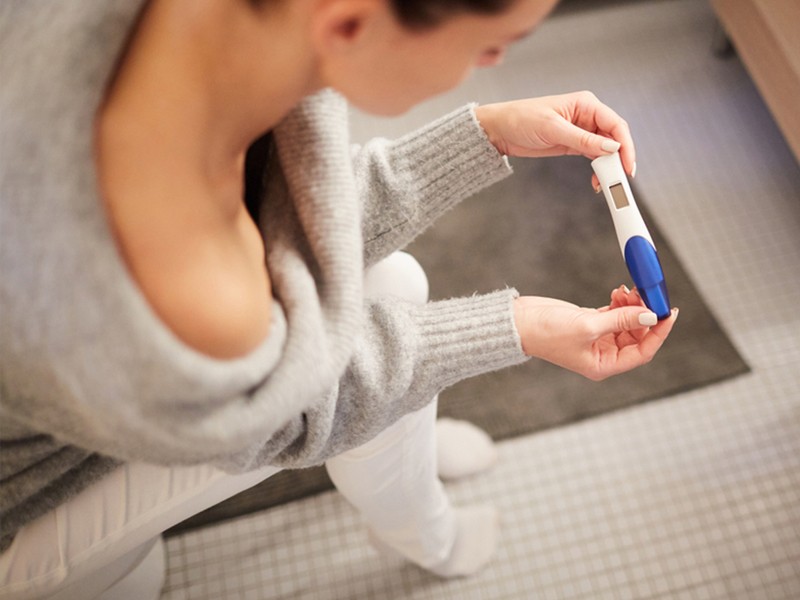Frozen Embryo Transfer

In medical practice the fertility specialists face situations when a woman, for various reasons, is not ready for implantation at the moment. Thanks to the laboratory cryopreservation procedure, the embryos can be transferred into the uterine cavity. Only high quality samples are frozen, so the chances of successful fertilization are increased. What are the advantages of the FET IVF? When should it be done and what are the possible consequences? – We will talk about this further.
When can it be used?
The frozen embryo transfer procedure is used if:
- After IVF, there were extra high quality embryos.
- The chances of successful IVF in a fresh cycle are minimal, for example, with a thin endometrium or high progesterone.
- If there are medical contraindications, such as: ovarian hyperstimulation syndrome, etc.
- When the preimplantation genetic diagnostics (PGD) is used for various indications.
- In the case of using an oocyte donor.
- In the absence of pregnancies in the past IVF protocols.
- The intended parents are planning to repeat the program later.
Peculiarities of the procedure
The procedure does not require anesthesia because it is noninvasive. The transfer is carried out with the help of special devices and a catheter.
After this manipulation, the patient may complain of mild malaise in the form of:
- weakness;
- dizziness;
- breast sensitivity;
- taste changes.
You should also not worry if your temperature rises to 37 degrees and there is spotting from the vagina. The presence of these symptoms is not a confirmation of pregnancy. You can find out the exact result with the hCG test.
What is better: either fresh embryo transfer or cryo transfer?
This issue is resolved by a fertility specialist and embryologists and directly depends on the success of the stimulation protocol. If there are indications of hyperstimulation, complications, poor health, infection, colds and other reasons that do not allow resorting to a fresh transfer, a decision is made on cryopreservation and transfer in a cryoprotocol.
It has been proven that the onset of pregnancy with cryo-transfer is much higher than with fresh one. The main advantages of the cryoprotocol are better preparation of the uterus for transfer and the fact that hormonal stimulation is not required during the procedure.
Natural cycle frozen embryo transfer
This type is indicated mainly for young women and patients who do not have problems with the cycle. The doctor monitors ovulation on an ultrasound scan and appoints the day of procedure. The medications are prescribed only a few days before and after the procedure.
The doctor uses an ultrasound scan to track the woman’s cycle. When ovulation occurs, the transfer procedure is conducted.
IVF frozen embryo transfer with hormonal therapy
It means taking hormonal drugs to regulate the endocrine profile of a woman. The method is recommended for patients over the age of 35, as well as for those who have problems with the regularity of the cycle and other medical indications.
From the very beginning of the cycle, estrogens are used to stimulate the growth of the endometrium, which is monitored using an ultrasound. When the uterine mucosa reaches the required state, the patient is prescribed progesterone, after which the embryo transfer is done.
In some cases, it may be necessary to provide special drugs to stimulate the ovaries.
Potential risks and complications
The procedure is performed as quickly as possible. In this case, the tissues are not damaged and complications are very rare. There is a minimal chance of bleeding and inflammation. If you feel unwell after cryopreservation, this is normal, but for maximum safety, it is best to make an appointment with a doctor.
The advantages of this procedure are:
- Minimal stress on the female body;
- More budgetary pricing policy.
During the pregnancy after the cryo protocol, the likelihood of premature birth and other problems is minimal. Babies who are born after freezing are absolutely no different from other babies.
Experts at the VittoriaVita International Medical Center know when patients need cryopreservation. They have great experience in conducting cryo protocols, they are constantly improving their skills and knowledge, providing a huge probability of pregnancy and bringing a new life into the world.

